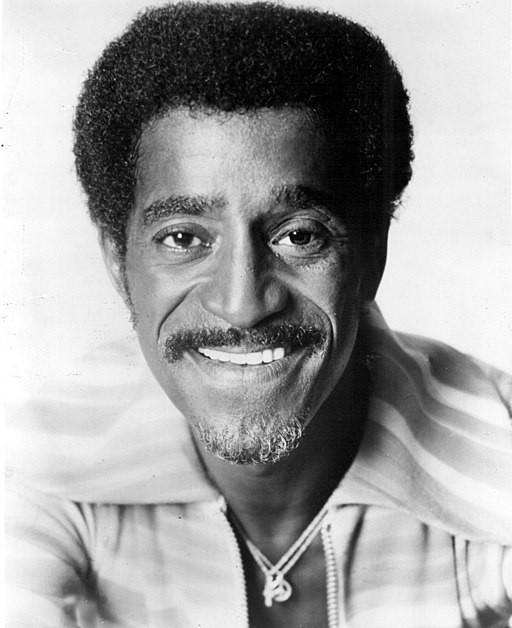“Mr. Bojangles” is a song that resonates deeply with listeners, often conjuring images of a carefree dancer. However, the story behind this classic track is more poignant and layered than one might initially assume. Written by Jerry Jeff Walker, this song is a tribute to a man he encountered in a New Orleans jail cell in 1965, revealing a tale of resilience, sorrow, and the human spirit.
Jerry Jeff Walker, a country singer-songwriter, found inspiration in an unlikely place – a New Orleans jail. He met a street performer, whose real name remained unknown, who shared stories of his life, including the heartbreaking loss of his dog. To lighten the mood, the man danced and mentioned his moniker, “Mr. Bojangles,” a name used to shield his true identity. Walker was deeply moved by this encounter, prompting him to pen “Mr. Bojangles” as an ode to the man’s enduring spirit.
Walker first recorded “Mr. Bojangles” in 1968. While it achieved modest success on the country charts, the song’s true journey began when other artists recognized its profound emotional depth and universal appeal. Among these artists, Sammy Davis Jr. and The Nitty Gritty Dirt Band delivered interpretations that propelled “Mr. Bojangles” into the spotlight, each adding their unique stylistic touch to the narrative.
 Sammy Davis Jr. performing his iconic rendition of the Mr. Bojangles song in 1972, a soulful and jazzy interpretation that became a signature hit.
Sammy Davis Jr. performing his iconic rendition of the Mr. Bojangles song in 1972, a soulful and jazzy interpretation that became a signature hit.
Sammy Davis Jr., a celebrated entertainer who navigated racial prejudice throughout his illustrious career, brought a particularly soulful and jazzy dimension to “Mr. Bojangles” in his 1972 rendition. As part of the Rat Pack, Davis Jr. was known for his charismatic stage presence and captivating performances. He infused “Mr. Bojangles” with his personal experiences as a dancer and performer, subtly altering some lyrics to mirror his own journey. For instance, he sang about Bojangles dancing “for you” and emphasized the dancer’s worn shoes and humble attire, highlighting the poignant beauty in simple artistry. Davis Jr.’s version became a resounding hit and solidified itself as one of his signature songs, deeply impacting audiences with its emotional resonance.
The Nitty Gritty Dirt Band, known for their innovative blend of country rock with other genres, offered another significant interpretation of “Mr. Bojangles” in 1970. Their version leaned into a folk and bluegrass arrangement, retaining much of Walker’s original lyrics while enriching the sound with harmonies and instruments like the banjo, mandolin, and fiddle. This rendition also achieved considerable success, breaking into the top 10 on both pop and country charts, demonstrating the song’s broad appeal across different musical landscapes.
The enduring charm of “Mr. Bojangles” lies not only in its melody but also in its capacity to be reimagined and reinterpreted. Both Sammy Davis Jr.’s and The Nitty Gritty Dirt Band’s versions, while distinct, capture the heart of the song. “Mr. Bojangles” transcends its specific origins, evolving into a universal narrative of human emotion – encompassing hope, sorrow, joy, and a wistful sense of nostalgia. It reminds us of the stories behind the faces we encounter and the enduring power of music to convey the depths of human experience.


